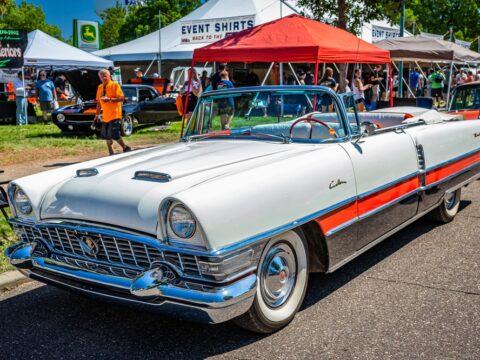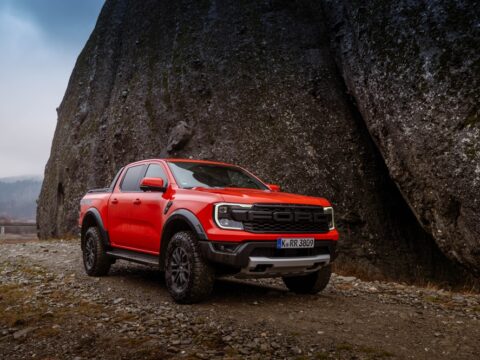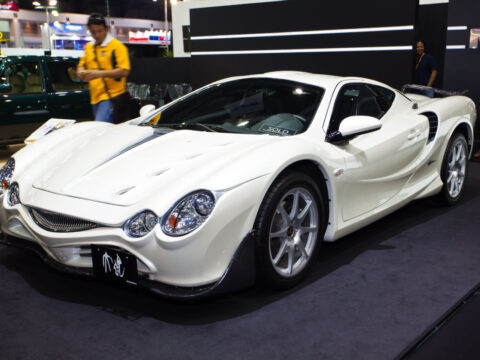The revival of classic nameplates is often a double-edged sword for automakers. While nostalgia can be a potent marketing tool, it can also set sky-high expectations that are difficult to meet. This is especially true in American muscle cars, where legendary models of the 60s and 70s continue to cast a long shadow over their modern counterparts.
Contents
2017 Chevrolet Camaro ZL1
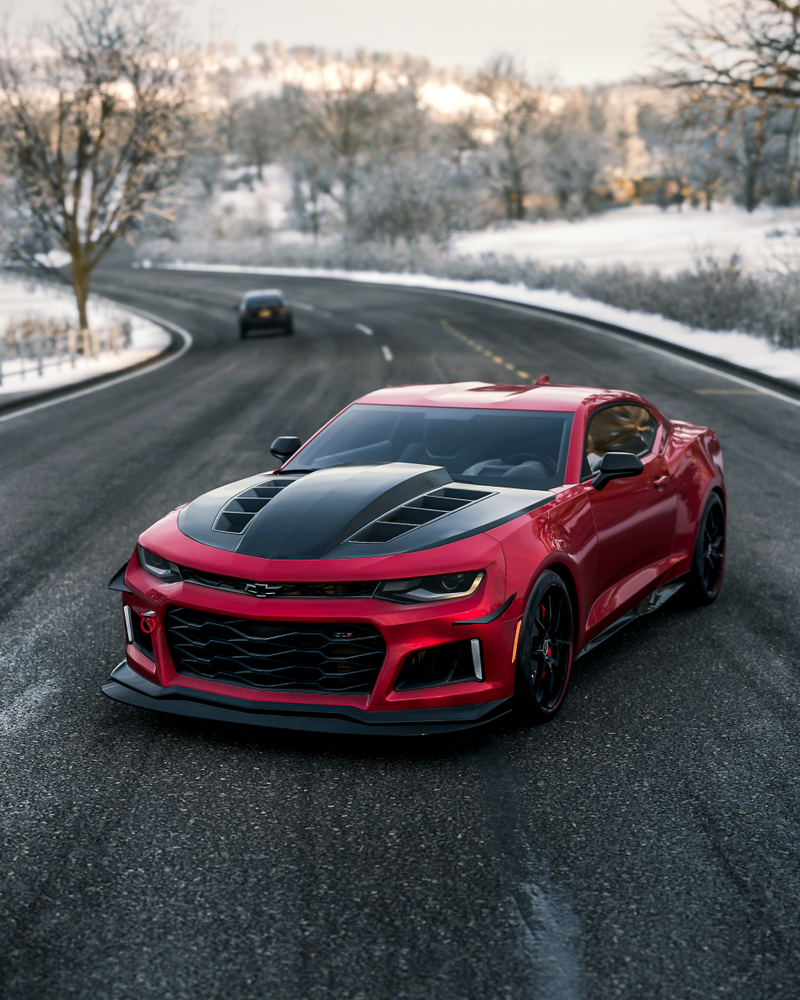
Despite being the most powerful Camaro ever made, the ZL1 received some criticism from purists. While it had supercar-level performance, some felt it had moved too far from the simple, raw muscle car formula of the classic Camaros. While impressive, its high-tech features and advanced performance systems made it feel less like a traditional muscle car and more like a high-performance sports car.
2008 Dodge Magnum SRT8
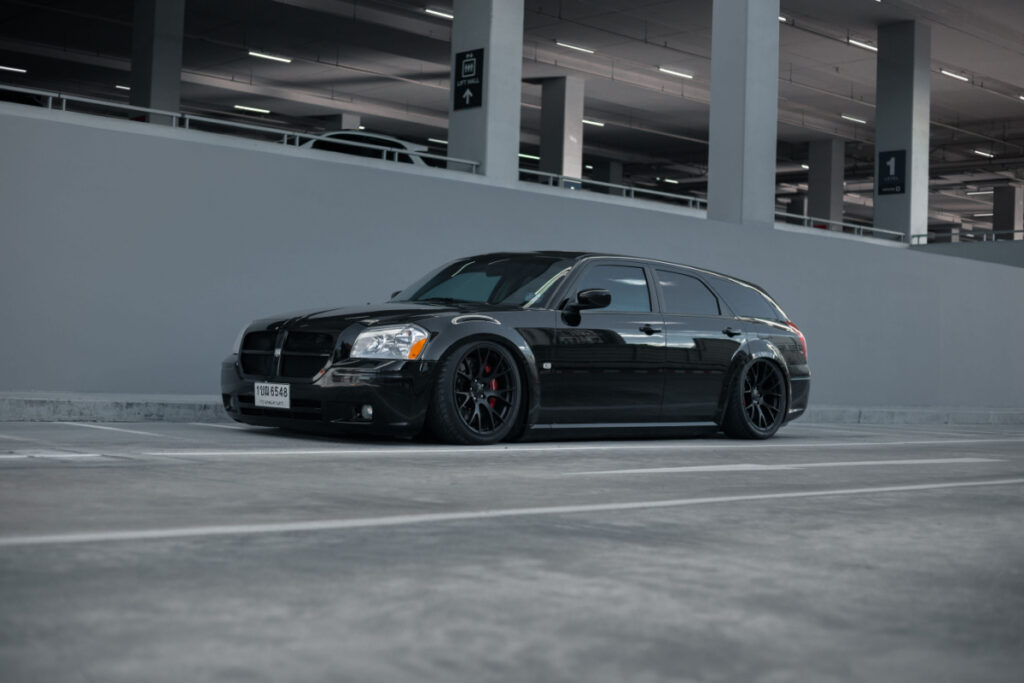
The Magnum SRT8, while packing a strong HEMI V8 engine, was often criticized for its handling and heavy weight. It was also a station wagon, which strayed from the traditional muscle car formula. Its exterior styling was polarizing, and many felt it didn’t live up to the muscle car image.
2002 Chevrolet Camaro Z28
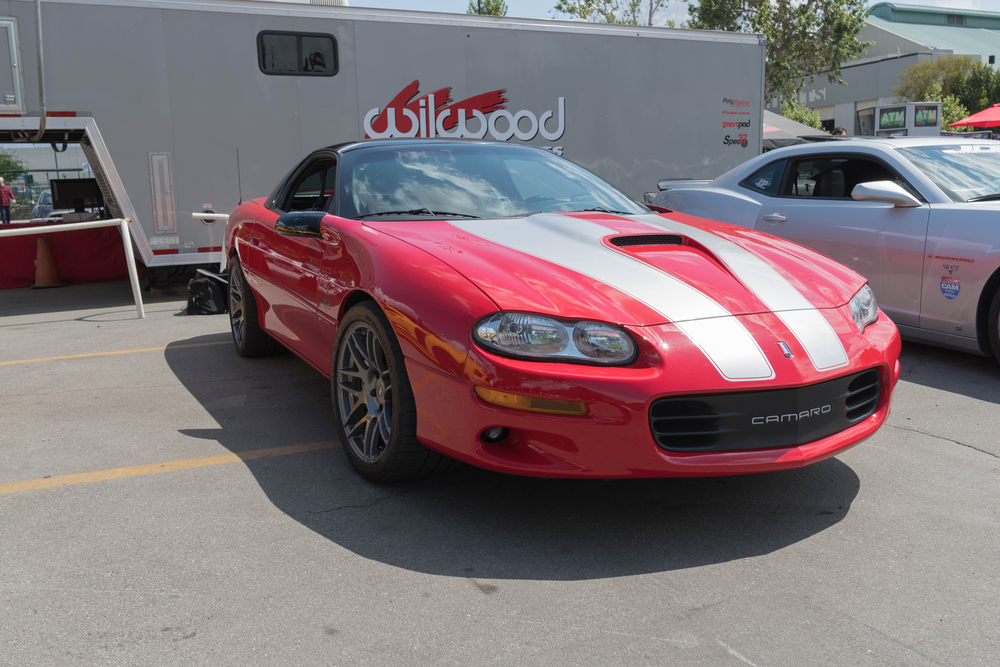
The fourth-generation Camaro was a letdown for many enthusiasts. While its LS1 V8 engine was powerful, its body style was a departure from the classic Camaro lines, with many not liking its rounded, jellybean-like appearance. Interior quality was also a common complaint, with heavy use of cheap plastics.
2014 Chevrolet SS
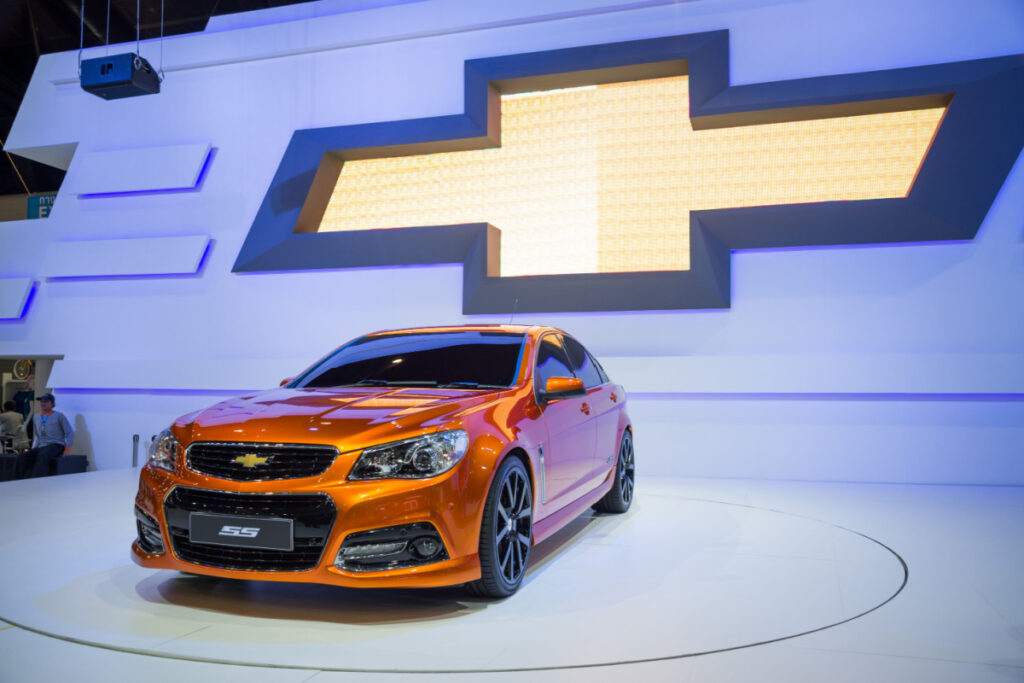
The Chevrolet SS attempted to recreate the magic of the classic muscle sedans. Despite having a powerful V8 engine and rear-wheel drive, the SS was criticized for its bland styling, failing to evoke classic muscle cars’ flair. Its high price didn’t help matters either.
2005 Ford GT
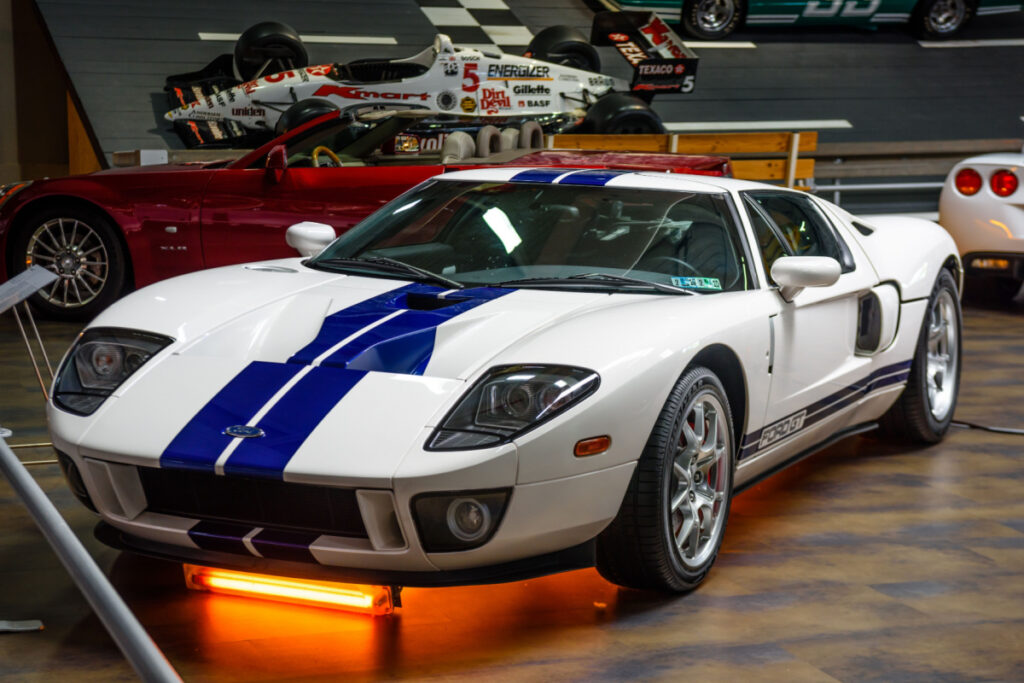
Although an homage to the legendary GT40, the 2005 Ford GT couldn’t quite recreate the magic. While undeniably a high-performing supercar, many felt it failed to connect with its predecessor’s more raw and visceral driving experience. Its relatively high price and limited production run kept it out of reach for most enthusiasts.
2008 Dodge Challenger
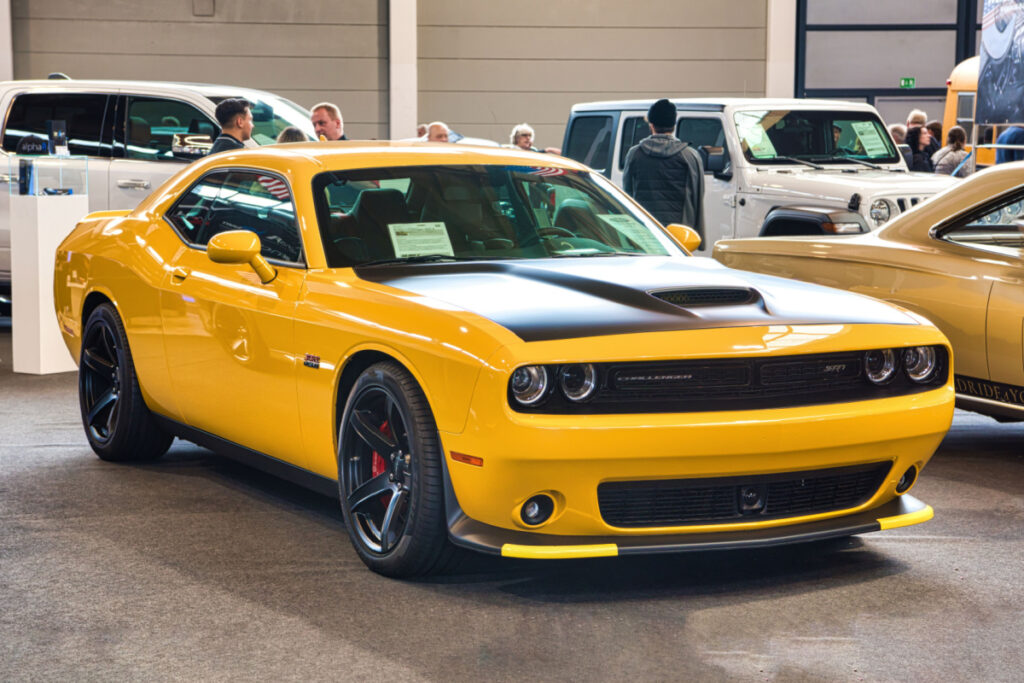
The 2008 Challenger, a revival of the iconic 70s model, struggled to live up to its illustrious past. Its size and weight affected its handling and overall performance, making it feel less sporty. While its retro-styling was appreciated by many, some critics felt it was more of a caricature of the original, lacking the classic model’s sleek aggression.
2010 Chevrolet Camaro
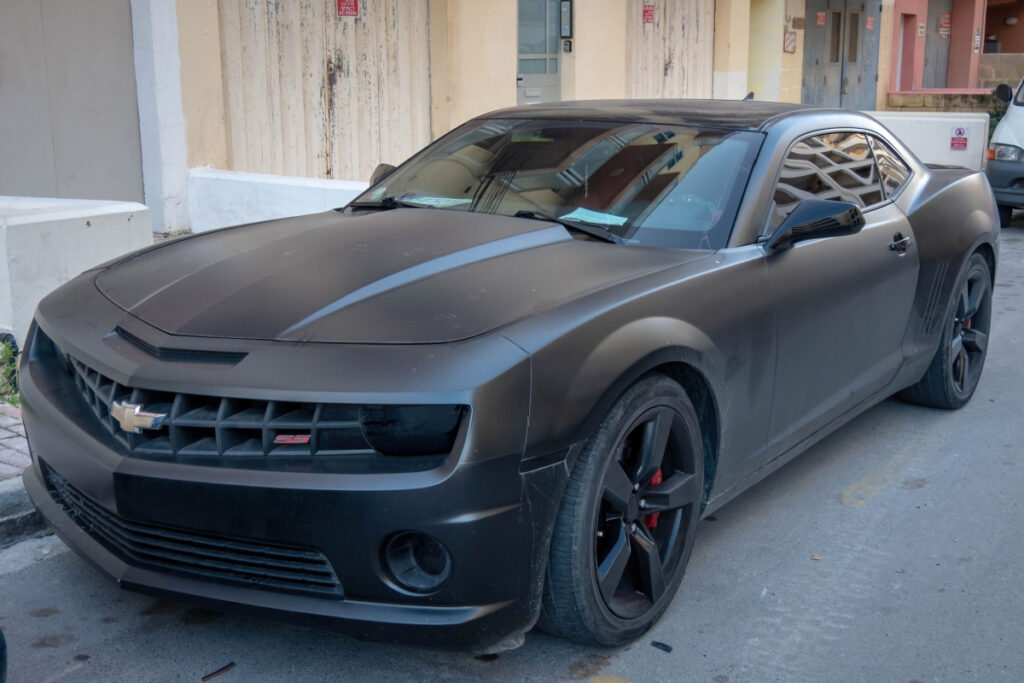
While the 2010 Camaro’s retro-inspired design appealed to some, many viewed it as a missed opportunity. Critics felt it didn’t quite capture the essence of the classic Camaro. Its performance, while strong, was often described as ponderous, and it was known to have visibility issues due to its high beltline and small windows.
2006 Dodge Charger
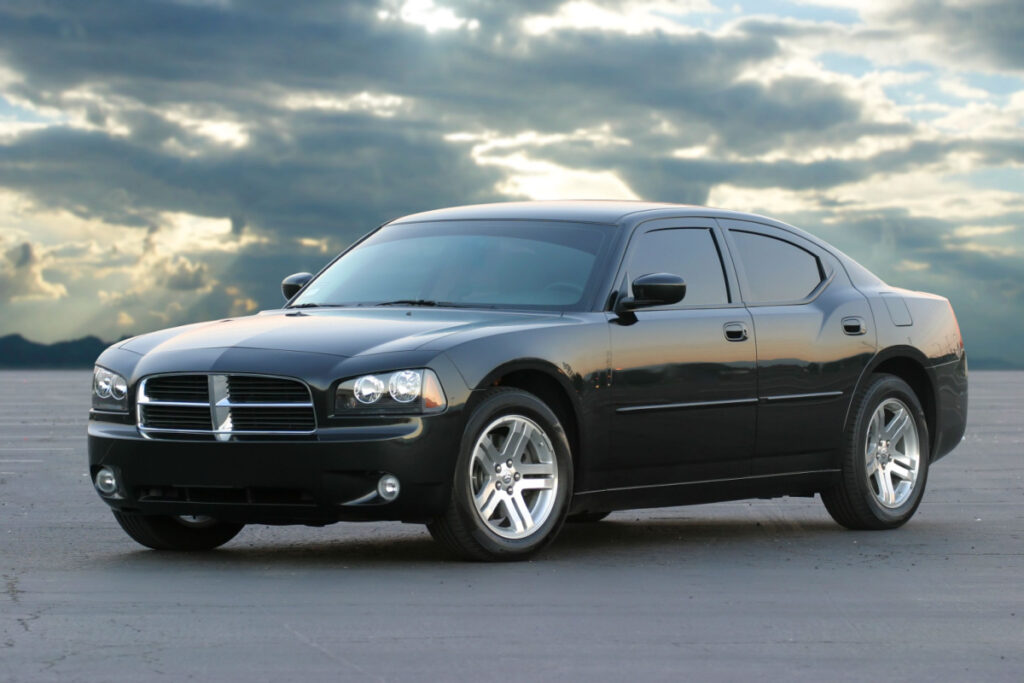
This revival of the legendary Charger was met with criticism from muscle car purists. While its HEMI V8 engine offered impressive performance, moving from a two-door coupe to a four-door sedan was seen as a betrayal of the Charger’s classic muscle car heritage. Additionally, many found its styling bland and uninspiring.
2004 Ford Mustang
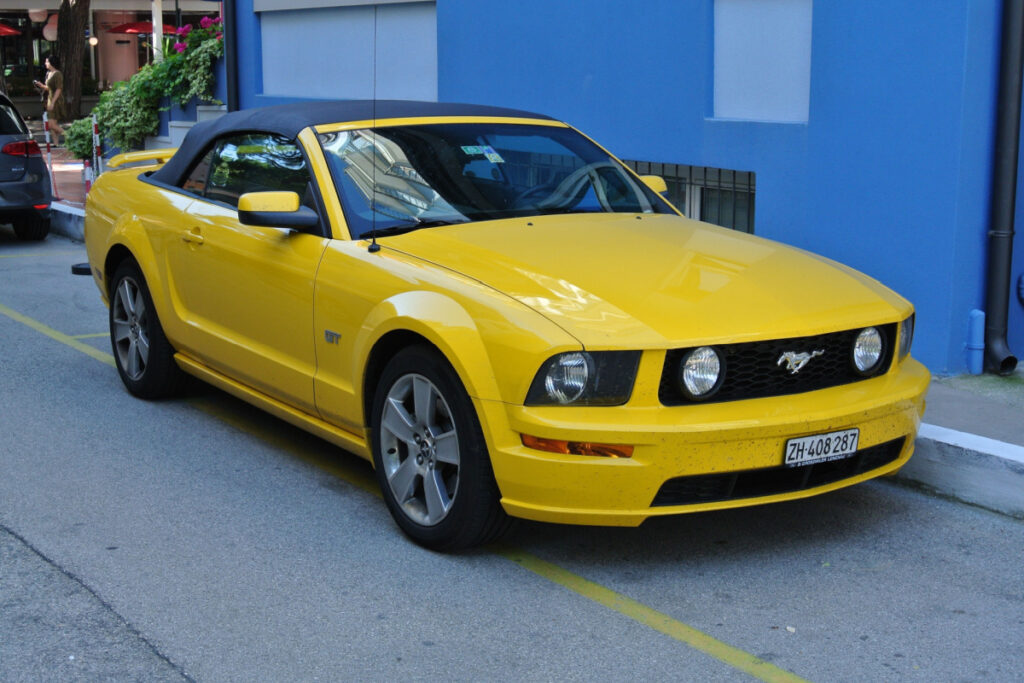
The 2004 Mustang fell short of expectations as a follow-up to its revered 60s and 70s counterparts. Though the 2004 model received praise for its styling cues that echoed the past, it was heavily criticized for a dated and unrefined chassis, poor interior quality, and lack of overall refinement. (Note that the 2006 Mustang Convertible is pictured; it is from the same 5th generation of Mustangs as the 2004 model).
2002 Pontiac Firebird Trans Am
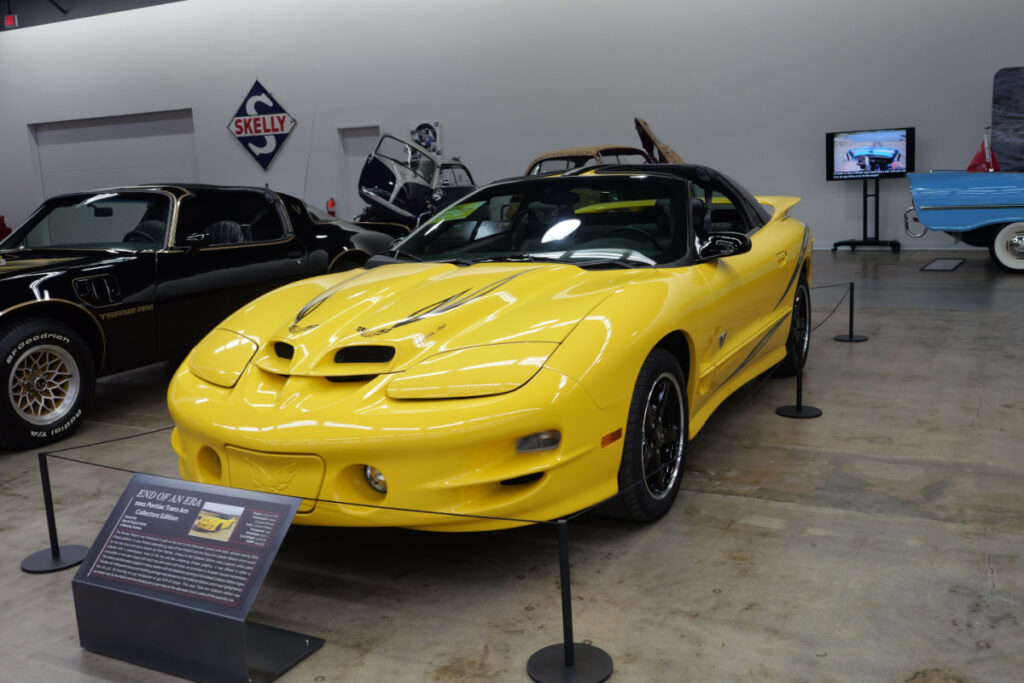
The last iteration of the Firebird was criticized for not living up to the iconic status of its 70s predecessors. The 2002 Firebird, while capable in terms of performance, was derided for its garish, over-styled exterior and cheap plastic-filled interior. While its LS1 V8 engine delivered solid power, its overall package couldn’t satisfy the muscle car enthusiasts longing for the glory days of the Firebird.
This article originally appeared on MyCarMakesNoise.
More from MyCarMakesNoise
Celebrating Iconic Motorcycle Designs from the USA
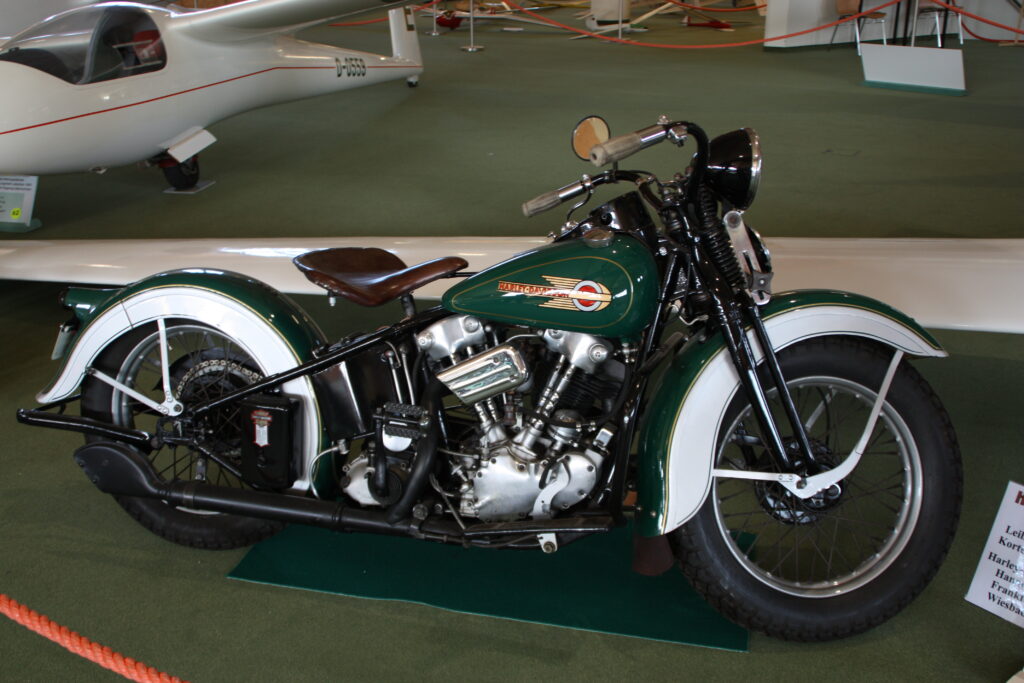
Journey through the heart of American craftsmanship and innovation as we unveil the most remarkable and influential motorcycles to ever hit the highways and byways of the United States. Read More
The Top 10 Motorcycle Brands Around the Globe

The motorcycle industry boasts a rich and diverse heritage, embodying the spirit of freedom, adventure, and innovation. The names Harley-Davidson and Honda echo legendary behemoths in this realm, each representing a unique blend of history, culture, and engineering excellence. Read More
15 Sports Cars That No One Wants Anymore

The allure of many sports cars has diminished over time, with changing market trends and advancements in automotive technology leaving some models behind. Read More

